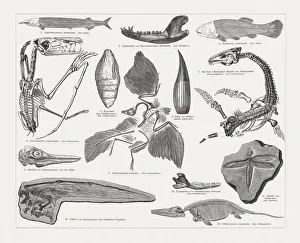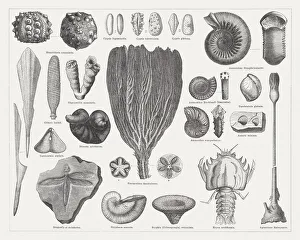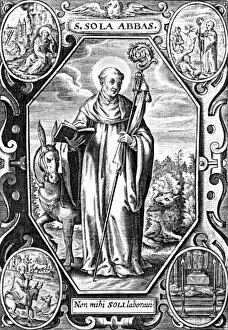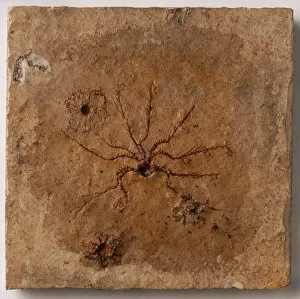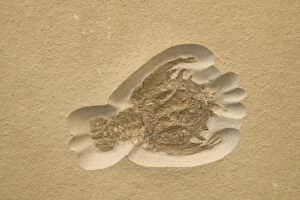Solnhofen Collection
Solnhofen, a picturesque town in Bavaria, Germany, is a treasure trove of ancient wonders
All Professionally Made to Order for Quick Shipping
Solnhofen, a picturesque town in Bavaria, Germany, is a treasure trove of ancient wonders. Steeped in history and natural beauty, this enchanting place has captivated the hearts of many. Dating back to 1846, the discovery of the Victorian Trilobite Paradoxides put Solnhofen on the map as a significant paleontological site. The area's rich fossil deposits from the Jurassic era have fascinated scientists and enthusiasts alike for centuries. In 1888, a stunning color lithograph showcased the breathtaking landscapes that once thrived during this prehistoric period. It depicted majestic dinosaurs roaming freely amidst lush vegetation - an awe-inspiring sight indeed. The Twelve Apostles rock formation stands proudly in Altmuhl Valley near Solnhofen. This geological marvel leaves visitors spellbound with its towering presence against a backdrop of dandelion meadows. Nature truly paints her most exquisite masterpiece here. As you explore further into Solnhofen's past, wood engravings from 1897 and 1876 reveal intricate details of Jurassic fossils preserved within layers of limestone. These delicate remnants offer glimpses into an ancient world long gone but not forgotten. Legend has it that Saint Sola, an Anglo-Saxon monk who resided in Germany centuries ago, left his mark on this land through his spiritual teachings and devotion to God. His legacy lives on as part of Solnhofen's cultural heritage. For those seeking adventure or simply indulging their curiosity, signs leading to Hobbysteinbruch beckon explorers towards quarry areas where they can uncover their own treasures hidden beneath untamed earth. Among these treasures lies Saccocoma tenellum (Goldfuss), commonly known as Feather Star - a stemless feather star now fossilized within Solnhofen Limestone. Its delicate structure serves as evidence of life flourishing millions of years ago.




